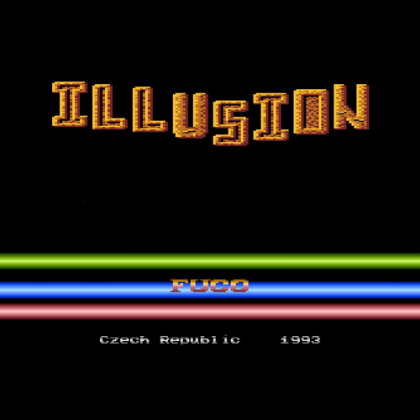
They respect life.īig franchises that could have preyed on our nostalgia voluntarily evolved, creators engaging with our fandom, but firmly pushing their artistic goals forward - and us with them. Instead, we have games that recognize the fragility and preciousness of human life, games that deal with death, mental health, teenage anxiety and child illness. What a strange joy to see all of them together.Īnd what a relief that, in 2017, so few of these games involve shooting people in the head, splashes of blood being the only color in their world. This year, we collected 50 of our top games into a list. And quite often, they manage to be both at once. But when games are their best, the experience is so much greater than an emotional exit. Then move your gaze to the fish bowl.Are we really escaping when we play games? Or are we learning, experimenting and taking control of ourselves? Are we learning to experience life not as we know, but as those around us experience it? Are we gaining empathy and camaraderie and relief? Stare at the yellow stripe in the middle of the fish in the picture below for about 10–20 sec. Are the horizontal lines straight or crooked?Ĥ. Are the squares inside the blue and yellow squares all the same color?Ģ.


We know you know there are “tricks” involved since these are illusions, but don’t try to be smarter than your brain: Just give them a try!ġ.

One way to understand more about this system is to look at how we can trick it, that is, to look at how the brain reacts to optical illusions.ġ0 optical illusions to combine fun and learning about the visual system (answers and explanations at the end of the article) How the visual system processes shapes, colors, sizes, etc. The occipital lobe (in red) is entirely devoted to vision: It is the place where optical illusions happen. For instance the frontal cortex (in blue below) is responsible for decision making and planning the temporal lobe (in green) for language and memory and the parietal lobe (in yellow) for spatial skills. Each lobe is responsible for different functions.

The brain has two hemispheres, each divided into four lobes.


 0 kommentar(er)
0 kommentar(er)
